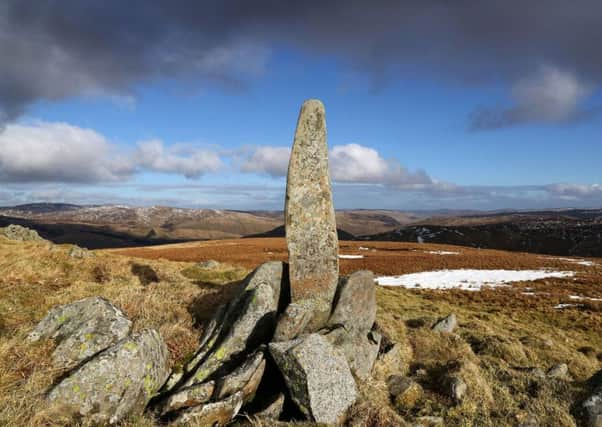Experts to assess treasure trove finds


The Scottish Archaeological Finds Allocation Panel (SAFAP), which meets in Glasgow on Thursday, October 29, will take advice from Scotland’s Treasure Trove Unit before deciding where objects should be allocated and the level of ex-gratia payments which finders should receive.
When it last met in August, the panel agreed that a hoard of medieval coins discovered at Drumelzier in Peeblesshire warranted a payment of £1,635 from Tweeddale Museum which “claimed” the collection.
Advertisement
Hide AdAdvertisement
Hide AdThere were no claims from museums in the Borders for other local finds which the panel deemed worthy of reward and which have now been allocated to the National Museums Scotland.
These included an early Bronze Age flint tool found at Ancrum (finder payment £150) and a medieval collection of items discovered at Coldingham in Berwickshire (£200).
Early historic strap-ends also found at Coldingham earned their finder £300.
Next week, the panel will decide the fate – and the finder value – of new discoveries under an arcane treasure trove system over which The Crown has ultimate authority.
Advertisement
Hide AdAdvertisement
Hide AdThese include a medieval gold cross and bronze mount found at Blanerne north of Duns; a 17th century gold ring uncovered at Morebattle; and a Bronze Age flanged axe head which was detected near Selkirk.
A number of excavated assemblages from known archaeological sites in the region will also come under the panel’s scrutiny, including collections from Megget Reservoir (prehistoric), Mosfennan Farm and Chapelgill near Broughton, Peeblesshire (both post medieval) and Fruid Reservoir (Bronze Age).